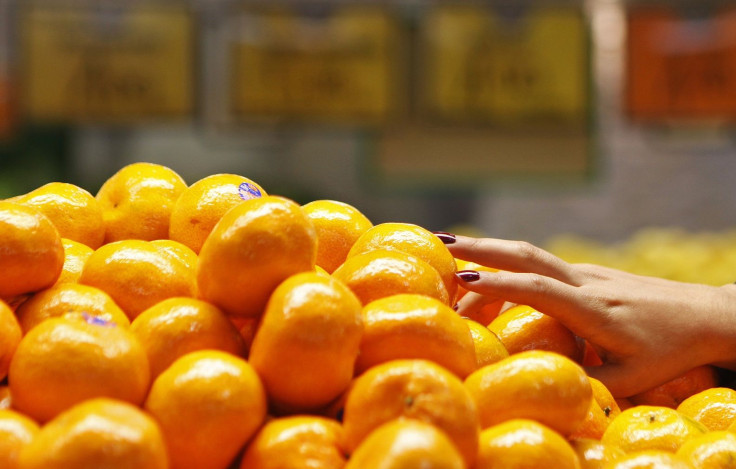Historical disease Scurvy makes comeback in Australia

Caused by the deficiency of Vitamin C, scurvy, an 18th century disease, has surprisingly returned to Australia. Historically associated with sea sailors, scurvy has been detected in seven patients of Sydney’s Westmead Hospital so far.
Professor Jenny Gunton from Centre for Diabetes, Obesity and Endocrinology research at The Westmead Institutes recently discovered a case of scurvy while treating a patient whose leg wound wouldn’t heal. She said that the disease could be more widespread than what was assumed previously.
She further clarified that outbreak of scurvy in Australia doesn’t have a link with diabetes. “There's no particular link to diabetes, except that if you have a poor quality diet you're more likely to get diabetes,” she told BBC. “But of course, a lot of people with diabetes eat perfectly reasonable diets.”
At the same time, she mentioned that the disease can be easily cured with a course of vitamin C. Hence, eating fresh fruits and vegetables is necessary to prevent scurvy.
What causes scurvy?
Scurvy is caused by the deficiency of Vitamin C in the body. This further causes defective formation of collagen and connecting tissues, which results in bleeding of gums, bruising, impaired wound healing, pain in joints and blood spots.
What are the symptoms of scurvy?
Symptoms of scurvy include chronic tiredness, shortness of breath, pain in joints and easy bruising, amongst others.
How to prevent Scurvy?
Scurvy affects those who have poor diet. Hence, to prevent scurvy, one must eat fresh vegetables as well as fruits. Fruits such as lemons, oranges and strawberries and vegetables such as cabbage and broccoli, are good sources of Vitamin C.
Gunton says that it is easy to prevent scurvy by eating some fruits and vegetables every day. She said that the vegetables shall not be overcooked as it destroys Vitamin C. “If you really can't manage that, take one vitamin C diet a day. But healthy diet is the better fix,” she added.





















